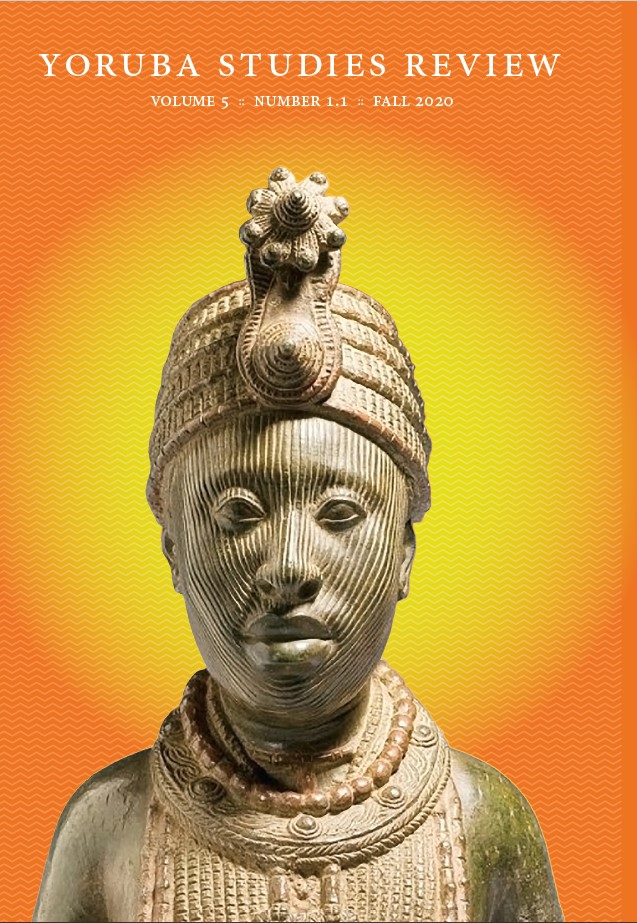Abstract
I salute you, Your Royal Majesty, the Olubadan of Ibadan, our royal Father of this great occasion in the life of our Yoruba nation. I salute our beloved Governor and Host, Governor Seyi Makinde (of Oyo State). I salute the leaders, officers and members of the many organizations that have put today’s occasion together. I salute all the eminent Yoruba men and women who have honored the invitation to this august occasion. I salute all our guests, friends, and well-wishers here gathered. Ladies and Gentlemen: In the thousands of years of the pre-20th century history of the Yoruba nation, the Yoruba Peace Treaty of September 23 1886 is a unique document of incalculable importance. In modern Yoruba history, it is a foremost document that was deliberately designed to foster unity and peace among all parts of Yorubaland and among the entire Yoruba nation, Black Africa’s largest nation, and Black Africa’s foremost leader in civilization. Representatives of virtually all kingdoms and ethnic sub-groups of the Yoruba nation appended their signatures to this treaty – from the Alaafn of Oyo to the Ooni and chiefs of Ife, the chiefs of Yorubaland’s most powerful city of Ibadan, the kings and chiefs representing the large alliance known as the Ekitiparapo comprising the Ekiti, Ijesa, Igbomina and Akoko subgroups, the Awujale and war-chiefs of Ijebu.

This work is licensed under a Creative Commons Attribution-NonCommercial 4.0 International License.
